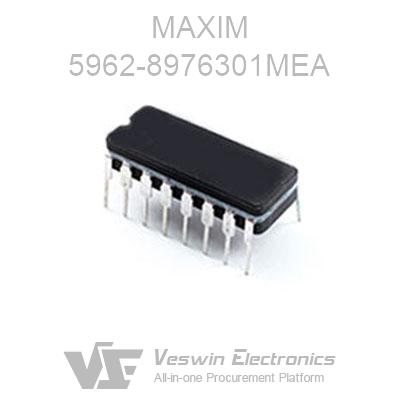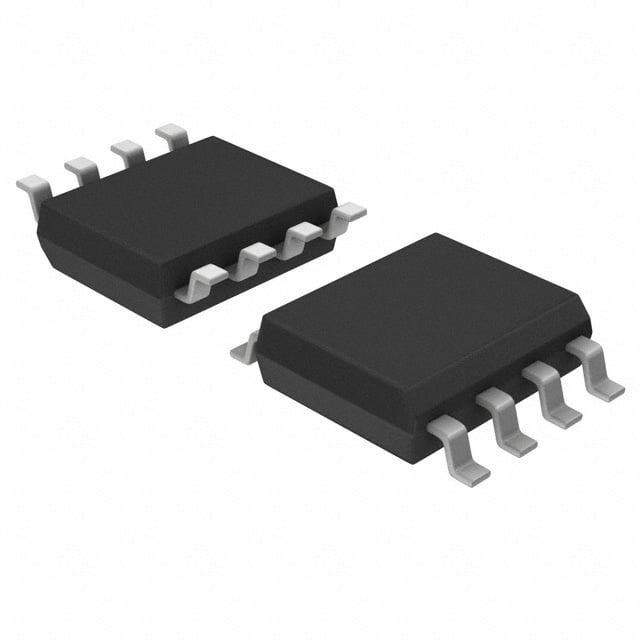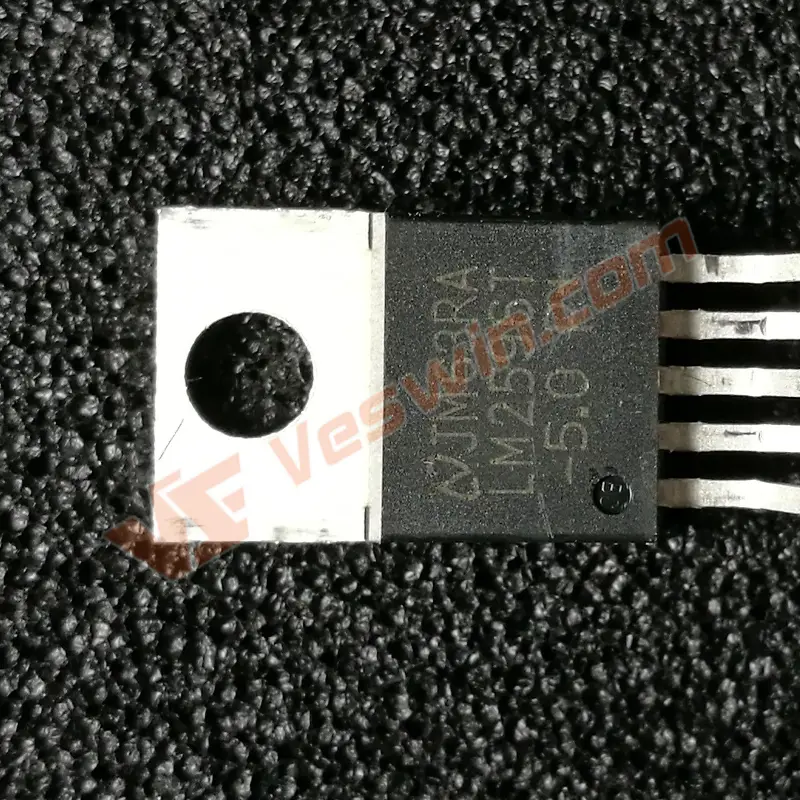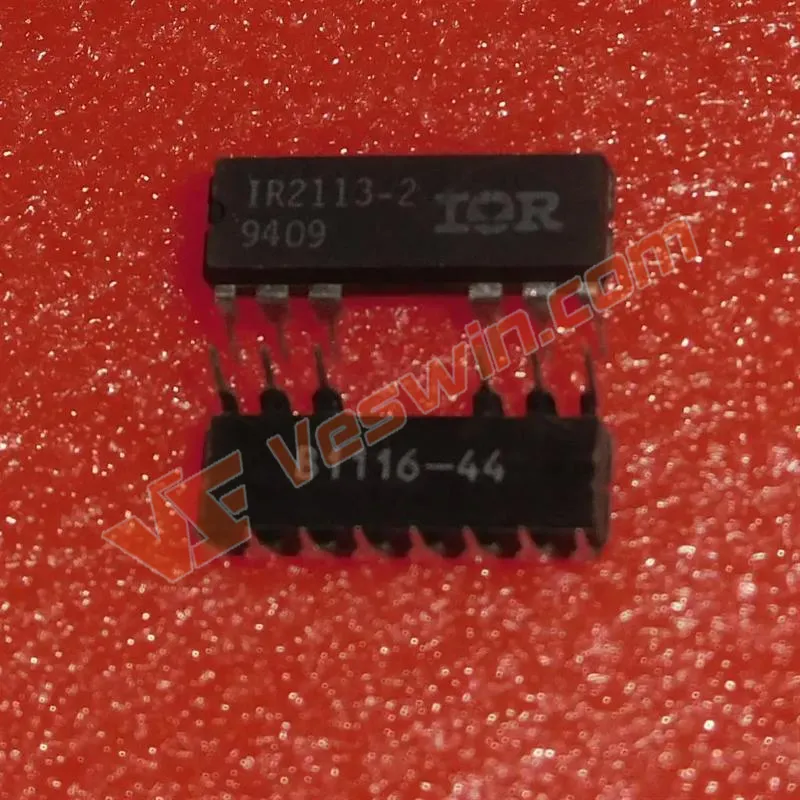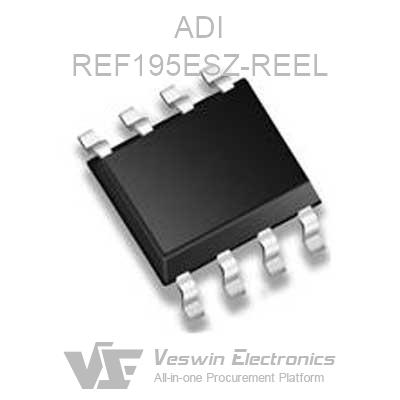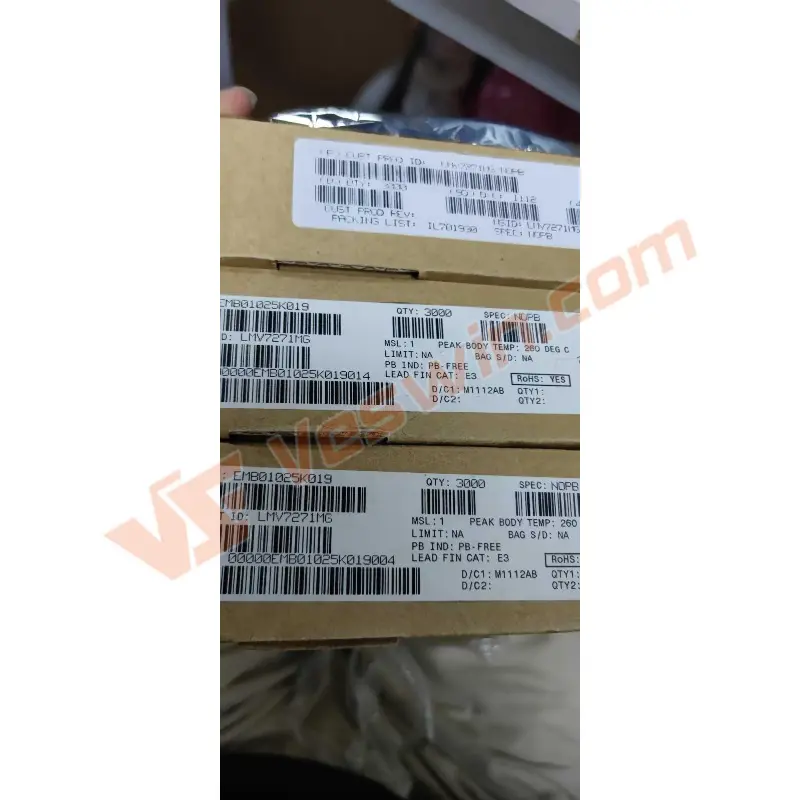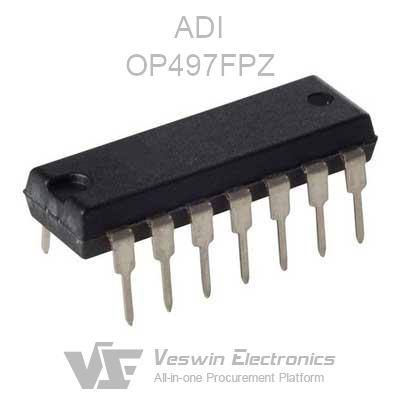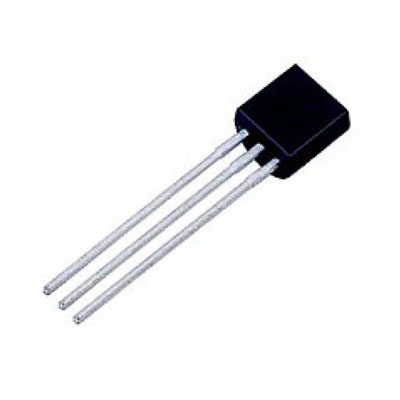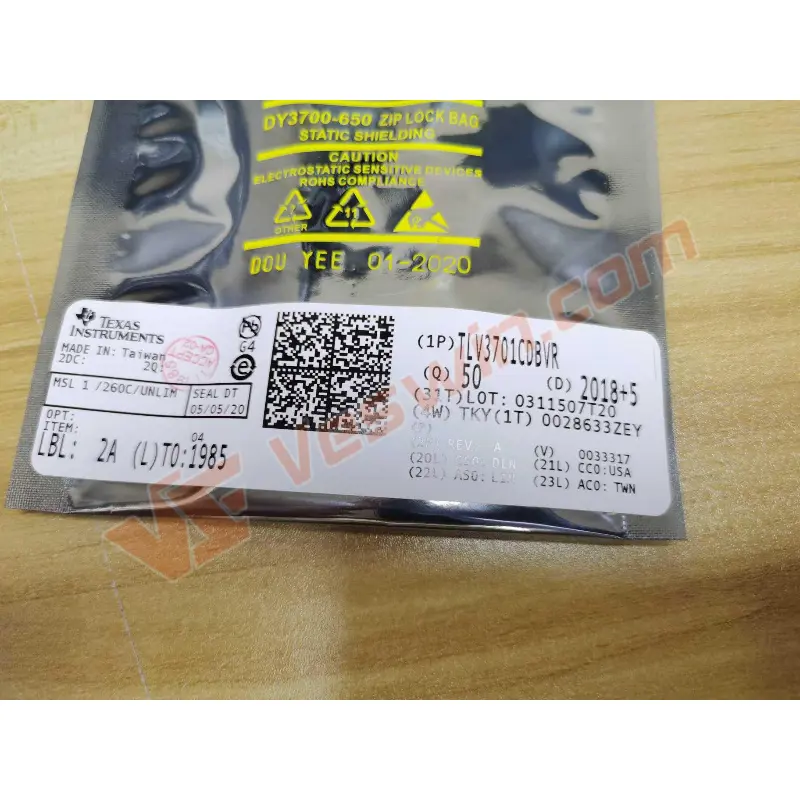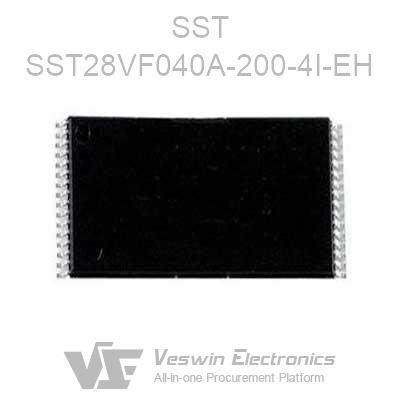What is the C945 transistor? There are two types of crystal transistors according to their materials: germanium tubes and silicon tubes. And each has two structural forms of NPN and PNP, but the most used ones are silicon NPN and germanium PNP.
The C945 transistor is a negative-positive-negative (NPN) bipolar junction transistor. Generally, circuits that require low-current high-speed transistors will use transistors such as C945. Circuits such as small-signal amplifiers or high-speed switching circuits may use one or more C945 transistors. The C945 transistor can be used in many types of electronic circuits, but it is best suited for low power applications.
Bipolar transistors contain three semiconductor regions: collector, base, and emitter. A bipolar junction transistor (eg, C945) includes a base region doped with positive or p-type semiconductor material, and collector and emitter regions doped with negative or n-type semiconductor material. This configuration allows the C945 transistor to conduct current between the collector and emitter regions when a voltage is applied to the transistor's base region.
Many NPN bipolar junction transistors are packaged in TO-92 plastic boxes. Many of these transistors contain three discrete leads that lead to the transistor's semiconductor region. Typically, one of the outer leads provides the interface with the collector region of the transistor, the center lead provides the interface with the base region, and the remaining outer leads provide the interface with the emitter region. It is important to check the transistor schematic to verify the distribution of electrical leads.
C945 is an ordinary transistor of NPN, 50V, 0.1A, 0.25W, 300MHz.
The full name of the transistor marked with c945: 2SC945
Silicon - NPN tube, shape 21
Parameter: Uce0=50V
Ic=0.1A
Limit frequency: 250MHz
Replacement tube: BC183, BC237, 9014, 2N5551, 2N3904 (Veswin: All-in-one Procurement Platform)
Mating tube: 2SA733
Figure 1. C945 Pinout
Figure 2. C945 Footprint
The C945 triode is a type of triode. Its functions are: used for low-speed switching, high-frequency amplification, small signal amplification, high-low frequency oscillation, and audio signal pre-amplification. It is commonly used in general circuits that are not very demanding.
1. The C945 triode has the function of amplifying the signal, which is also an important characteristic of the triode. The triode is often used in the audio signal to amplify the weak audio.
2. The C945 transistor can also be used in reverse. For example, in some special cases, the single-chip microcomputer outputs a positive voltage to control a negative voltage device, or a negative voltage controls a positive voltage device. In this way, if reverse control is required, a triode is required.
3. The optocoupler is converted into light through a weak current, and then the light is irradiated on the C945 triode and converted into electricity again, which plays the role of isolating the output end and the controlled end.
Using a transistor as a switch is the simplest application for this device. Transistors are widely used in switching operations to turn circuits on or off. Meanwhile, the basic concept behind the operation of a transistor as a switch depends on its mode of operation. Normally in this mode, the low voltage DC is turned on or off by a transistor.
Actually the PNP and NPN transistors can be used as switches. By biasing NPN and PNP bipolar transistors with "on/off" static switches, basic termination transistors are handled differently than signal amplifiers. One of the main uses of transistors to convert a DC signal "on" or "off" is solid-state switching.
Some devices, including LEDs, require only a few milliamps of DC at logic levels and can be directly controlled through logic gate outputs. High-power devices such as generators, solenoids, or lights often require more power than usual logic gates to switch using transistors.
Transistors are used as switches for the following purposes:
The LED function is the most widely used practical application as a switch for a transistor.
The relay operation can be managed by making the necessary circuit changes in order to connect and control some external devices related to the relay.
Using this idea of transistors, DC motors can be controlled and monitored. The motor speed can be modified by changing the transistor frequency value.
A light bulb is one example of these switches. If the setting is bright, it can turn the light on and off depending on the dark environment. A light dependent resistor is always used to do it.
Elements called thermistors can be controlled using this switching method of detecting ambient temperature. Thermistors are called resistors. This resistance increases when the detected temperature is lower and decreases when the detected temperature is higher.
The saturation region and cut-off region are called the operating region of the transistor switch. This means that by switching between its "highest off" (saturated) and "absolutely off", the transistor is used as a switch, basically covering its Q point and the voltage divider circuit needed for amplification.
Cut-off area
The "cutoff" region is at the bottom of the curve, and the blue shaded region and the yellow region to the left is the transistor "saturation" region.
Transistor operating specifications include base current (I B ), collector current (I C ), and emitter-collector voltage (V CE ).
Saturation region
In this mode or region, the highest base current is applied, resulting in the total collector current resulting in a drop in the average collector-emitter voltage, with the smallest possible leakage surface, and the maximum current flowing through that transistor. This is what triggers the "fully on" transistor.
Hot News
